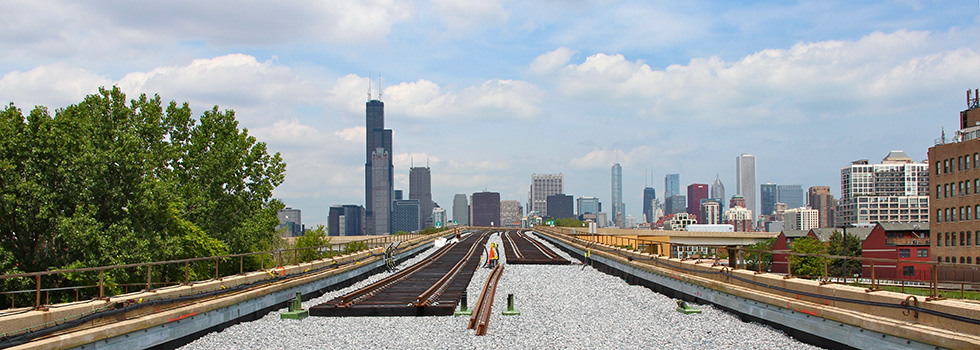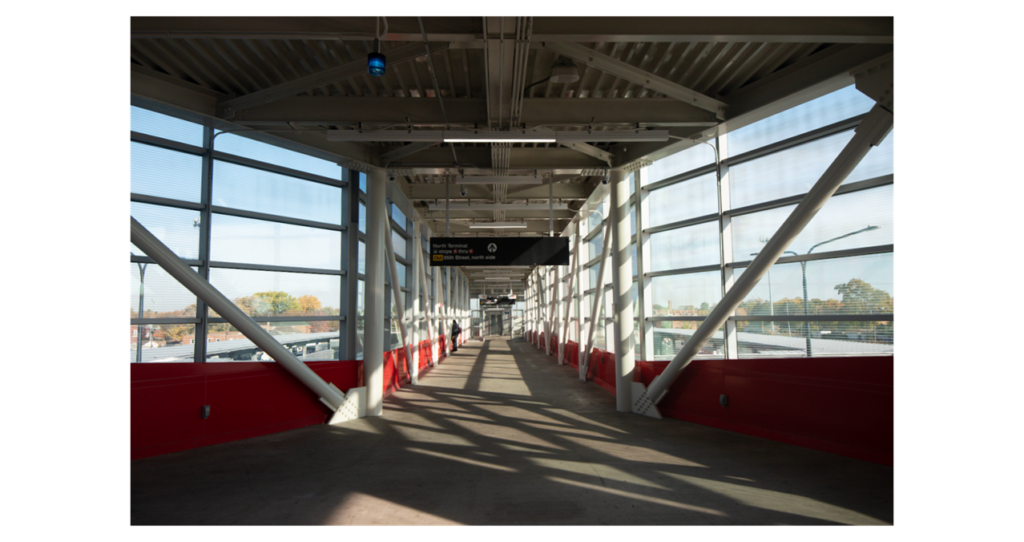The Red Line Extension Will Benefit the Whole City of Chicago


It’s high time to build the Red Line Extension (RLE) to 130th Street. We have been talking about this for more than 50 years. To make it happen, the Chicago City Council should approve the RLE Transit Facility Improvement Area, or Transit TIF.
Put simply, MPC supports this Transit TIF because it will provide rapid transit in an area of the city that has long-awaited transportation investment. It will connect people to jobs and amenities throughout the city and reduce travel times to the Loop by 30 minutes. It will benefit the city as a whole by giving employers access to an expanded labor market, increasing the development potential of underutilized land, increasing tax revenues, and helping the city meet its Climate Action Plan transportation goals.
MPC supported the passage of the state legislation enabling the Red Line Extension transit facility improvement area, or Transit TIF. MPC does not always support TIFs: As a market-based tool, TIFs are too often used in areas where developers already want to invest due to the overly broad definition of “blight.” TIFs are too infrequently used to finance projects in areas that have little development momentum because of the inability to raise sufficient funds. In the case of the Red Line Extension, the wealth generation potential of downtown and the near south side is being used to finance investment in historically disinvested areas. This use of TIF centers equity within the process and is aligned with MPC’s research and recommendations on the use of financial incentives to support development in areas of economic disadvantage.
Not only is this a good way to fund transit in an underserved area, it comes at a critical moment for Chicago’s transit system. The challenges facing transit are well known to City Council members. This project and this Transit TIF are critical pieces of building the service needed to put transit back on track. This is a once-in-a-generation opportunity to leverage increased federal funds offered by the Bipartisan Infrastructure Law to improve transit equity in Chicago and build on CTA’s years-long investment in this project.
The Red Line Extension carries tremendous potential when coupled with the City’s new Connected Communities ordinance, which deepens incentives for development all along this corridor. As this project continues, the city needs to coordinate this massive infrastructure investment with housing, retail, and walkable, accessible, thriving streetscapes. The city will need to leverage other programs – like Invest Southwest – to ensure vibrant equitable, transit-oriented development (ETOD) occurs around the new RLE stations. We should also be thinking about ways to compensate areas contributing to the Transit TIF that also could use more investment. For example, once the RLE is built, the City might decide to establish TIF districts around the four new station areas to capture the value of new development spurred by the new transit stations. If that happens, a portion of those tax increment financing (TIF) dollars could be ported to communities that contributed to helping get the line built via the Transit TIF, ensuring that all communities that need investment are receiving it.
This rail extension will enable many important connections to nearby riverfront locations along the Little Calumet River, where MPC has been supporting project teams in the implementation of the Our Great Rivers vision. The RLE would enable more people to visit Beaubien Woods, a Cook County Forest Preserve with prairie, woodland, and wetland habitats near Flatfoot Lake. The Calumet Collaborative, Openlands, and Neighborspace are working to highlight the area’s rich cultural heritage through projects such as amplifying community stories, an interactive African American Heritage Water Trail map, and more. The future 130th St. terminus of the Red Line Extension will be located within biking distance of the beloved Major Taylor Trail mural in Whistler Woods Forest Preserve. Ensuring pedestrian access between these destinations and the new rail station will ensure more people can enjoy these valuable nature destinations.
To sum it up, it’s way past time to build this extension and ensure all parts of Chicago can tap into the opportunity that our CTA rail system provides. A “yes” vote on the Transit TIF is a critical step toward building a more complete CTA rail system.
